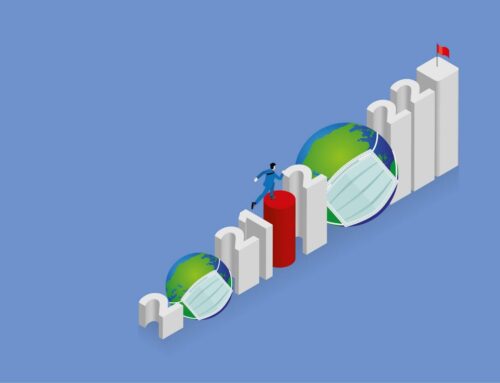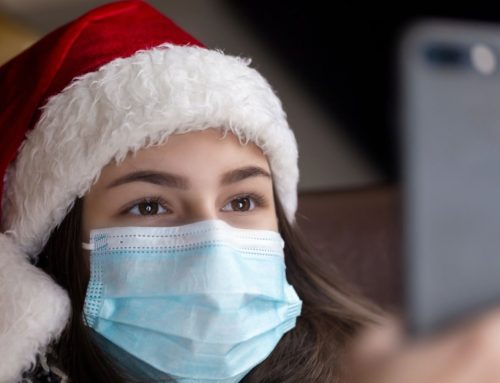How Do We Define “Family”?
Melissa* is a 35-year-old single woman living alone in her condo in the city. Her biological family consists of only her father who lives in another state. Melissa is an only child, and her mother died several years ago. Before the pandemic, she had a vibrant social life with her neighbors, coworkers, and friends. She regularly hosted dinner parties and relatives visiting from out of town. Since the pandemic, she reports feeling isolated and lonely. Despite having a solid social network, she hasn’t found anyone to bubble with. Many of her married friends have created COVID bubbles with their spouses and kids. Her single friends have left the city to stay with siblings or parents.
If you’ve ever taken a psychology class, you’re familiar with Maslow’s Hierarchy of Needs. It’s a motivational theory comprised of a five-tiered model of human needs. Right in the middle of it is the need to feel a sense of belonging. One way that people do this is by being part of a family.
Quarterlifers today know that family does not have to be the one you were born into. Although your family may consist of biological relatives, it may not at all. Young adults are being more intentional about creating “family” for themselves. Their chosen families often consist of friends, roommates, neighbors, pets, spouses, or kids. No one set group is necessarily better than the other. Yet, there is one thing that is absolutely true, feeling like you’re part of a family (of some sort) is essential.
The pandemic has underscored the importance of belonging this year, and this has been brought into focus for quarterlifers. They’re asking themselves, “Whom can I bubble with during the pandemic? Who will quarantine with me? Who are my people? Whom can I create a ‘family’ with during the pandemic, especially as a single person?”
Individuals like Melissa are struggling to define themselves, especially when all their “people” are starting to bubble up with other people. If your neighbors, coworkers, and friends are keeping their distance to stay safe, what does that mean for you? If you’ve been squeezed out of your friends’ bubbles, it can feel like an incredibly isolating time.
Never fear! Here are some tips that can help you as the pandemic rages onward.
1. Know that “family” can be anyone
If you’re like Melissa, then your biological family may be limited. However, that doesn’t mean you can’t bubble or stay in touch with people outside of your family. Just because everyone around you is connecting with their kin doesn’t mean you have to do it that way. Roommates, pets, neighbors – everyone counts during this time!
2. Create a bubble if possible
COVID bubbles are intended to keep everyone around you healthy. Consider initiating one to help flatten the curve. If you’re like Melissa, reach out to other single folks who could join your bubble or ask to join a friend’s existing bubble. This may require a bit of a stretch on your part, but it’s worth trying. Check out this post for more information.
3. Get creative with how you stay in touch
If you’re not able to meet with your friends or family in person, there are still ways you can connect. Wired has put together a guide on staying social while stuck at home. You may be sick of Zoom, but a long-distance movie can be surprisingly rewarding.
Final thoughts
Family is what you make it, and many quarterlifers will come out of this pandemic with roommates and partners whom they’re closer with than ever. Don’t lose hope – just make sure you’re staying safe with those around you.
*Names have been changed to protect confidentiality.
If you’re interested in scheduling an appointment or you’d like more information, please call us at 1-844-QLC-TALK (1-844-752-8255) or email us here.






